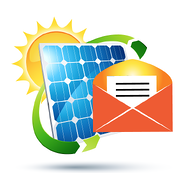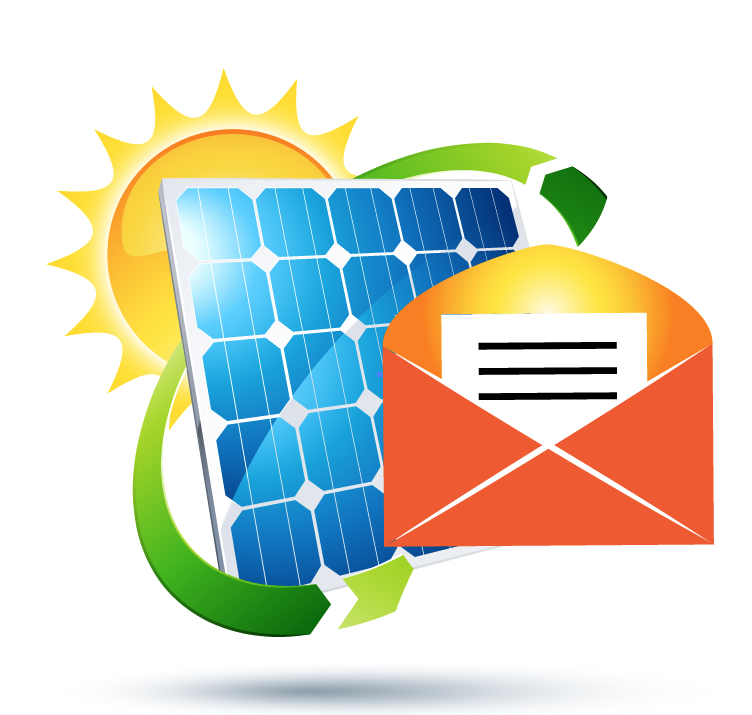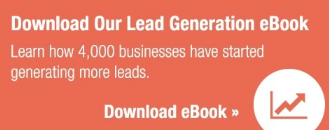 There are three primary reasons why you should keep your solar list segmentation practices up to date. First, failure to do so will eventually become a time suck for your team. Two, updated lists and more targeted content lead to better results like increased open rates, greater retention, and more conversions. And third, intangibly speaking, delivering targeted eBlasts to leads and customers shows them that your team is professional and dialed into their needs.
There are three primary reasons why you should keep your solar list segmentation practices up to date. First, failure to do so will eventually become a time suck for your team. Two, updated lists and more targeted content lead to better results like increased open rates, greater retention, and more conversions. And third, intangibly speaking, delivering targeted eBlasts to leads and customers shows them that your team is professional and dialed into their needs.
Let's begin with the most obvious reason for up-to-date solar list segmentation: old lists cost your team valuable time and, over time, sales. Let's take an example. A sales rep sends a friendly eBlasts to leads. Better yet, it's a highly personalized and well though-out email geared towards a specific type of lead who's taking a "wait and see approach" in terms of investing in solar equipment. "Last time we spoke, the message reads, "You were considering installing solar panels but needed to wait and see if holiday sales meet your goals. Just wanted to check in to see how things were looking."
It's a great email. It shows leads that your rep is attuned to their needs and understands the cyclical nature of their business. There's just one problem: 15% of the recipients left their respective company. Worse yet, you don't know who the new decision-maker is at these firms. Magnify this level of customization across other email segments and suddenly you're looking at real time suck.
The other critical reason for keeping your solar list segmentation up-to-date is that it will improve your success metrics. In this sense, the critical step is updating not the individuals themselves or their contact information, but the lead's respective interests and obstacles to sale. It's simple: the more relevant the message, the more likely they'll open the email.
Therefore, as a lead moves through the solar sales funnel, make your email lists reflect this transition. The key step is to ensure your team updates their CRM system accordingly. For example, let's say a sales rep meets with a residential solar lead. The lead understands the value of residential solar installation, but price remains a sticking point. Your rep's hands are tied at the moment and can't offer a larger discount. The opportunity may be in a holding pattern, but at this phase, the rep should nonetheless update the CRM system and the email segment accordingly: the lead understands the value, but price is the issue.
Fast-forward three months. Your rep has checked in with the lead, but there's been no movement. However, around this time, your firm announces a new set of zero-down financing options. Naturally, you'd anticipate the rep would call the lead directly. But your team will also send an eBlast announcing this news to the bottom-of-the-funnel segment that is extremely close to converting. The aforementioned homeowner will get it and it will resonate with them.
Then there's the idea of perception. If a lead is at the bottom of the funnel — that is, they understand your brand's value and are close to converting — and you mistakenly send them an email geared towards top of funnel leads, the lead will scratch their head and ask, "Why are they sending me this?" They should be getting an offer like a free consultation and not an FAQ sheet. And so they'll question your firm's competency, which of course, is bad because over time perception can become reality.
What do you think? How often does your firm update its segmented lists? What are other bad outcomes for not doing so? What's especially hard about this process?
You can't segment solar lists if you don't have solar leads. Download our Lead Generation eBook.






